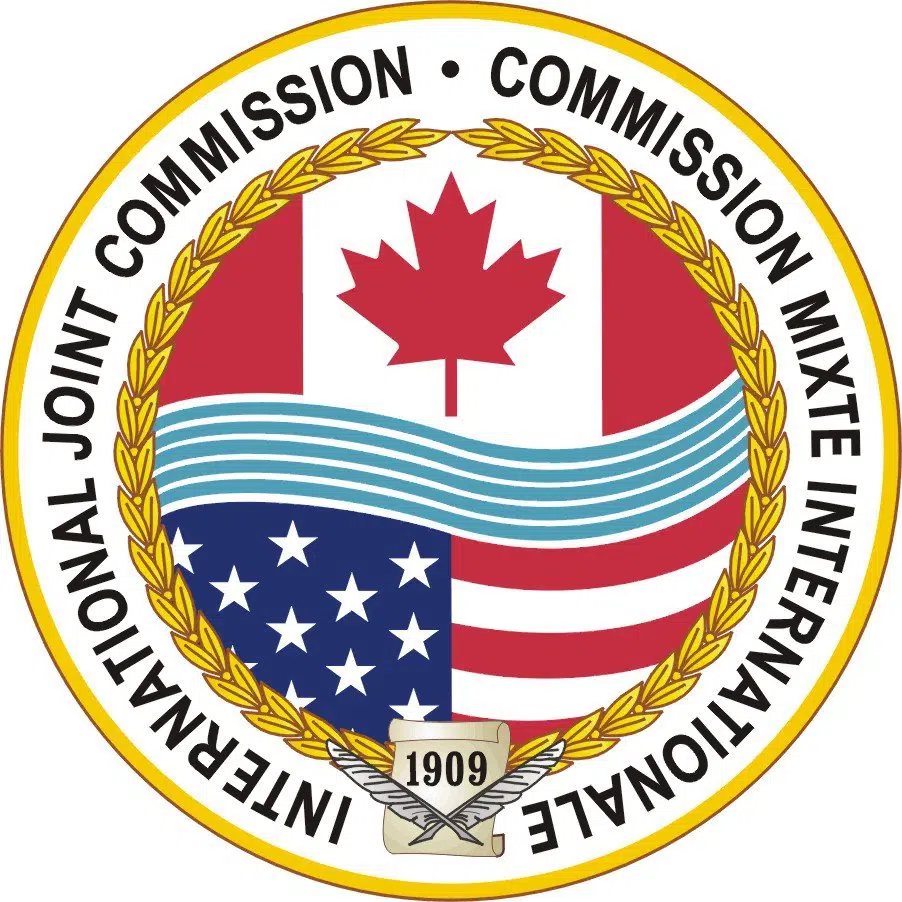“It’s to provide the International Lake Ontario St. Lawrence River Board with better information to help them explore alternative deviation decisions, should extremely high water as seen in 2017 and 2019 be repeated in the coming years. The second phase will look at the rules of Plan 2014 itself and how they address both high and low water levels under a broad range of possible water supply conditions, including climate changes, and over the long term.”
“Throughout the phase one process, the GLAM Committee’s been working closely with a public advisory group to learn about the varied needs of users in the system as well as to seek feedback and guidance on the work done to date. Phase one will directly support the Board in possible future high water conditions.”
It’s hoped the second phase can be completed by fall of 2024 but any changes to the plan would have to approved by the IJC and agreed to by the governments of both Canada and the U.S.
Water levels on Lake Ontario, while they have been low for much of 2021, are about average for this time of year.






